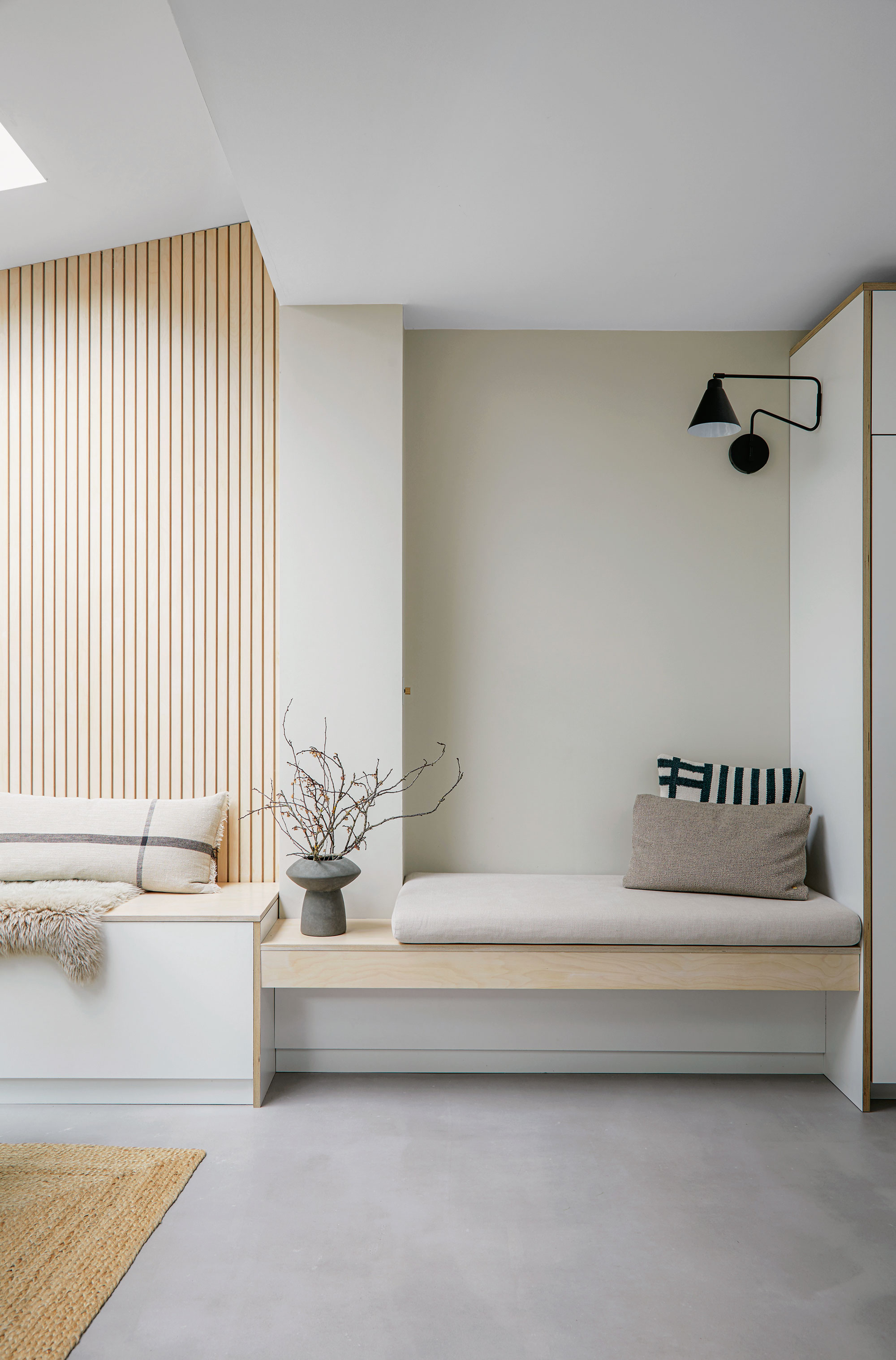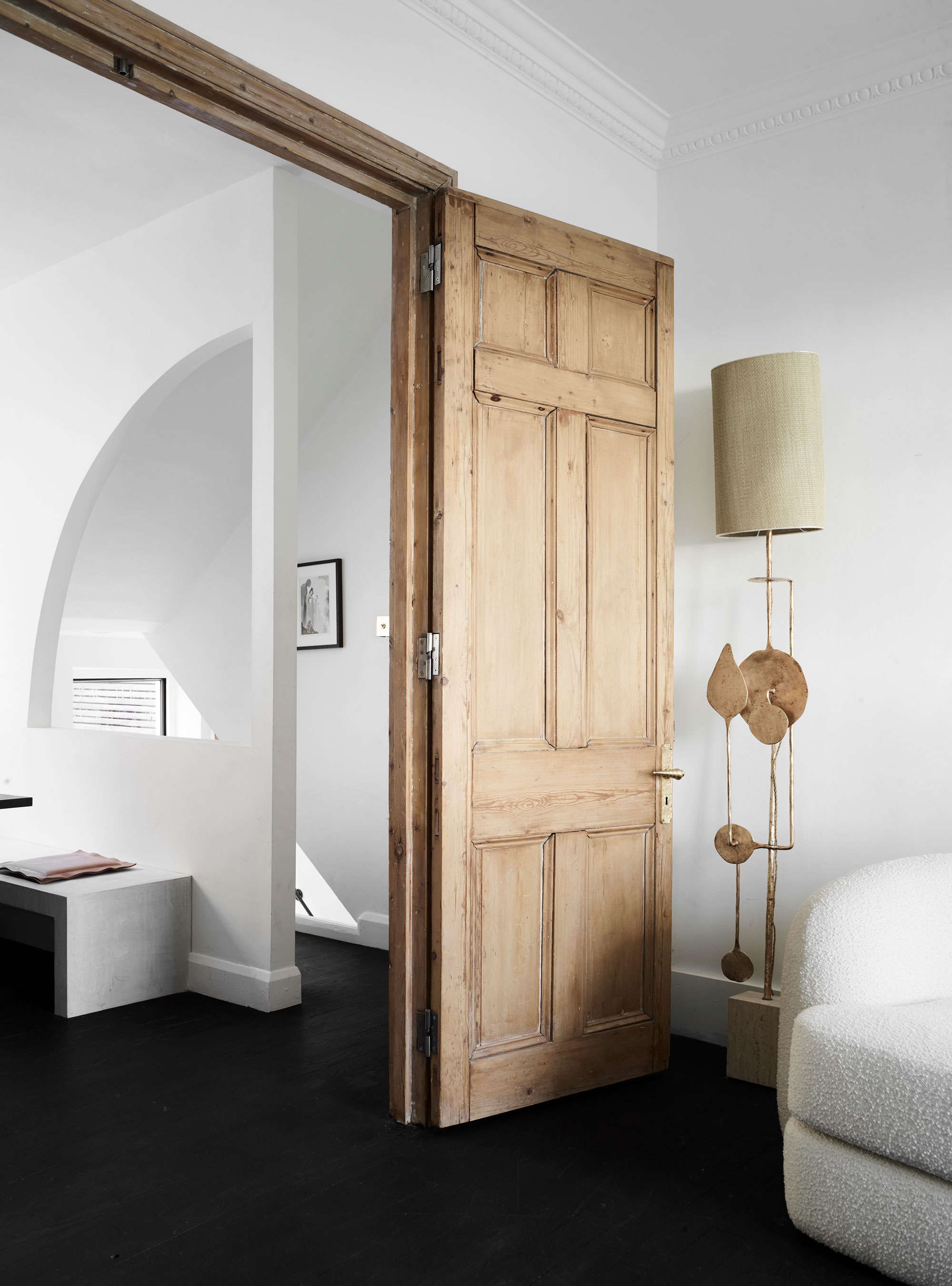What stress? Here's how your home renovation can be like therapy, according to an architect
A happy home begins with briefing your designer or architect. Here's how to put your wellbeing at the center of it, as explained by an architect


There's no doubt that renovating a home can be a stressful undertaking. Whether you're making decisions on building an extension, fitting a new kitchen or just picking a new shade of paint, the process can sometimes leave you feeling overwhelmed and out of your depth if you're not used to taking on these projects.
Decision-making for a renovation project, especially one where you're spending some serious money on an extension idea and working with an architect or interior designer, can certainly be one of the most nerve-wracking parts. But does it have to be?
According to architect Duncan McLeod, it can (and should) actually be like therapy. We spoke to Duncan, of Studio McLeod, about his unique process for getting the best out of a client brief, and why you should put your own happiness at the core of any renovation project. Here's his advice.
1. Take a different approach to wellness

Wellness has become a buzzword in architecture and interiors, and everything from biophilic design ideas to ways to ensure your home is healthy are now high on the agenda for many home renovators. Studio McLeod, however, take a different approach. 'The way we approach wellness with our clients is not try and force the next thing on them, whether that’s ‘play’, or a color, or just introducing nature,' he explains.
Instead of applying these generic wellness principles to every design, Duncan thinks the key to a happy home lies more with the people who will live in it.
'The starting point for me is not necessarily about asking the clients what they think will make them happy,' he says. 'They might answer that they want a kitchen overlooking the garden because they have a dream of baking cakes and the kids running in and out helping out. But in reality, if that only happens five times in the whole lifetime of a home, it’s not a useful approach.'
'Instead, we ask our clients to tell us what actually makes them happy. Tell us about the times in your life you’ve felt happiest, the challenges that you’ve been through that have given you a real sense of fulfillment at the end of it. That’s where we can try to understand what works in your home, and what doesn’t.'
The Livingetc newsletters are your inside source for what’s shaping interiors now - and what’s next. Discover trend forecasts, smart style ideas, and curated shopping inspiration that brings design to life. Subscribe today and stay ahead of the curve.
'I think that people should start with themselves, and actually try to get a deeper understanding of what they find makes them happy. That’s the real foundation of your project,' he says.
2. Ask and answer the right questions

In any sort of interview, sometimes the questions you think you should be asking, or answering, aren't always the right ones.
'We start by asking very specific questions. What do you love about your existing house? It's a simple question, and they'll write off lists. ‘I love it when the kids pile onto the sofa and we're watching a film on a Saturday afternoon,’ and suddenly, they’re getting really excited, because they're talking about things that they know a lot about.'
'We try not to tell clients what they need, until we really understand what it is that makes them happy,' Duncan explains.
While most of us are not immune to following interior design trends, there's still stock in a designer not using a one-size-fits-all approach to your space.
'Yes, most of our clients love light and space, but we've had a client we did the same process with, and they wanted as few windows as possible - for it to look like an Argento horror film,' Duncan says. 'That's an extreme example of how people don't always fit into the same cookie cutter. You need to let people have very personal opinions and experiences about their homes.'
'In asking questions in this way, we can really dig down. For our practice, it's become known as architectural therapy, mostly because after a few projects, clients have described the process as like having therapy.'
3. Break the rules (if you have to)

But what about the practical and functional elements of a design? 'With this process, we get a brief of what the client wants. That brief then evolves, and changes, but it always has this framework of what the client wants their life to be,' Duncan explains.
In the battle of heart versus head, sometimes the head has to win out too. Studio McLeod might take this very personal approach, but they also include practical audits too. If a client is currently living alone, will the space work if someone else was to move in, or they have guests over. A homeowner might say they want to keep re-saleability in mind too, another practical concern that needs to be part of the overall design.
'We avoid these architectural manifestos that say things like 'the kitchen must always face towards the garden' and similar,' Duncan continues. 'It's someone's idea of the perfect home, but it's not necessarily this person's idea.'
It's easy to introduce your own limiting factors going into the design process of your space. 'They might say they want the kitchen here and the bathroom there because of the plumbing,' he says. 'The plumbing comes up a lot, but you don't want to start a design based on where your stack is located, of all things.'
4. Measure the results

In Duncan's opinion, someone looking to design a house with just the basic ingredients of what the space is made up of will have a low success rate. 'It actually misses out on the main purpose of well-being,' he says. 'That is to make people well. And the way to make people well, is to try and understand what's not well, and how to make it better.'
'What's great is that at the end of the project we can go back to them and ask how their house is working. We can literally tick off the parts of the brief we've created. Are you reading more? Are you doing your yoga in the bedroom without banging your leg on the bed like you did before? It's measurable at the end.'
Of course, not every architect works in this way. Yet, it's something as a would-be renovator you can adopt into your approach to renovating your house. Centering your happiness in your designs for a new space before looking at the practical considerations is a great place to start when it comes to designing a happy home.

Hugh is Livingetc.com’s editor. With 8 years in the interiors industry under his belt, he has the nose for what people want to know about re-decorating their homes. He prides himself as an expert trend forecaster, visiting design fairs, showrooms and keeping an eye out for emerging designers to hone his eye. He joined Livingetc back in 2022 as a content editor, as a long-time reader of the print magazine, before becoming its online editor. Hugh has previously spent time as an editor for a kitchen and bathroom magazine, and has written for “hands-on” home brands such as Homebuilding & Renovating and Grand Designs magazine, so his knowledge of what it takes to create a home goes beyond the surface, too. Though not a trained interior designer, Hugh has cut his design teeth by managing several major interior design projects to date, each for private clients. He's also a keen DIYer — he's done everything from laying his own patio and building an integrated cooker hood from scratch, to undertaking plenty of creative IKEA hacks to help achieve the luxurious look he loves in design, when his budget doesn't always stretch that far.